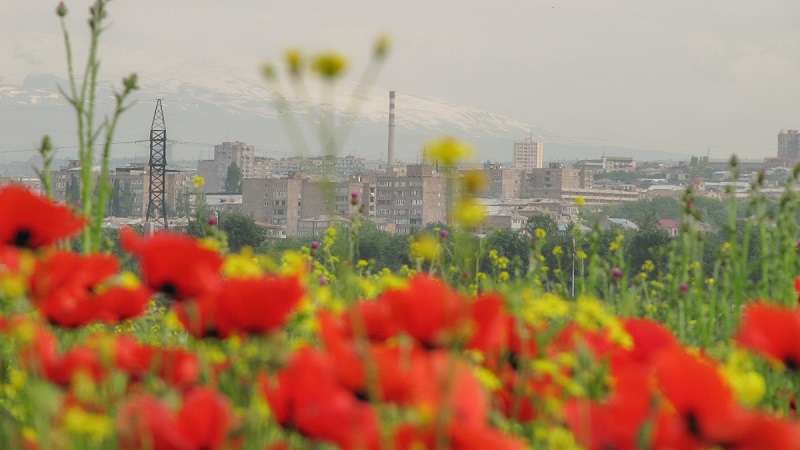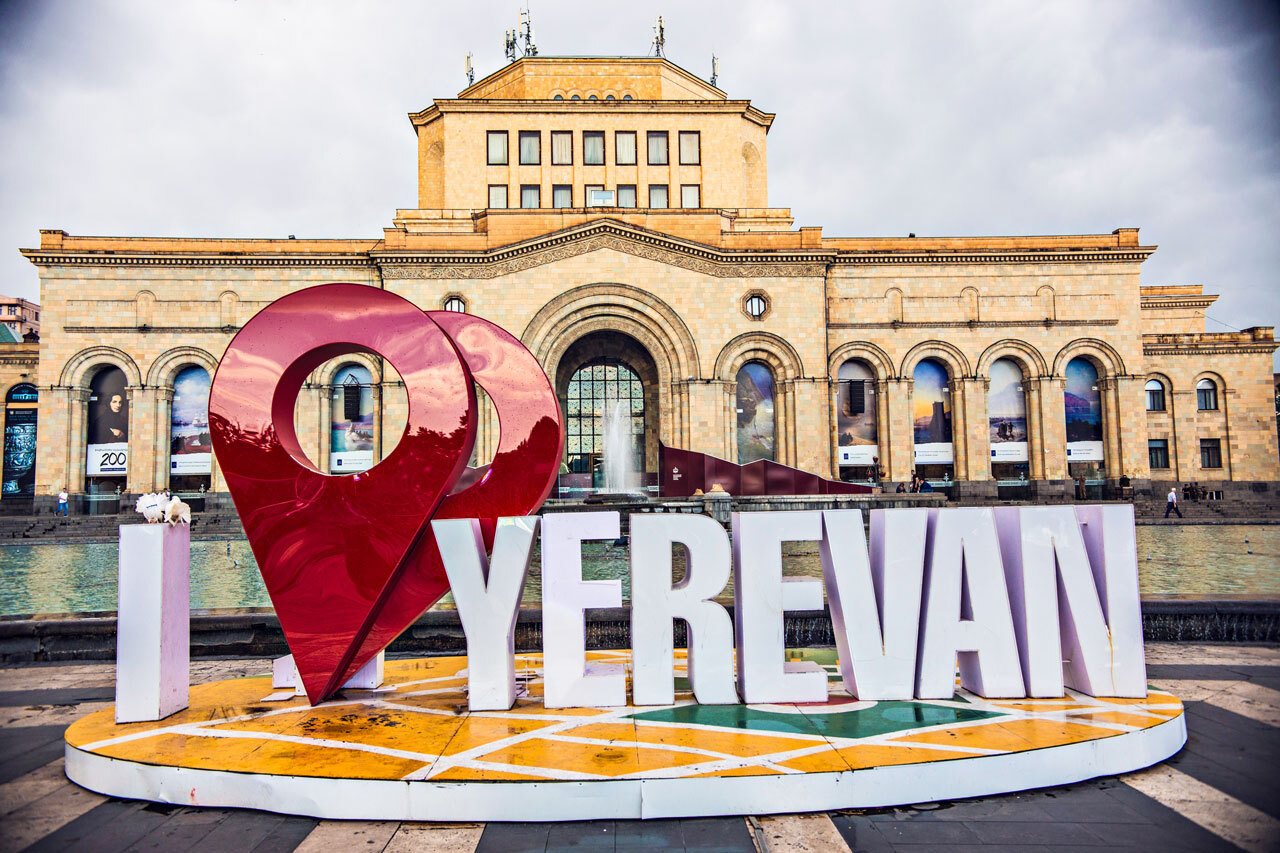Karmir Blur
Karmir Blur (Teishebaini), the Red Hill, is an ancient Urartian fortress. This city became the capital of the northern province of Urartu and served as the economic and administrative centre from where the goods were transferred to the actual capital of the empire, Tushpa on Lake Van. King Rusa II built it in the first quarter of the 7th century BC to compensate for the loss of Erebuni, located a few kilometers southwest. Cimmerians and Scythians plundered and burned it down around the year 590. However, despite these devastations, it has been well preserved to this day, thanks to the firm foundations.
The city itself covered an area of about 30 hectares. A large courtyard was built around, through which one could reach the main building. This accommodated about 150 rooms: chambers, workshops, warehouses, granaries. The astonishing spaciousness of the warehouses, as well as the abundance and diversity of the food found (grain, fruit, wine, oil, beer), testify to the prosperity of the Araks Valley, which the Urartians managed to use wisely. Archaeological excavations have discovered pottery shards, statues, and objects made of bronze and ivory, weapons and armour, as well as numerous documents. Karmir Blur (Teishebaini) is located at an altitude of 901 meters. This place got its name from the reddish colour of the mountain. The city was set on fire and the walls, which were made of tuff, fell and crumbled because of the heat. The tuff then took on intense red colour and therefore the hill turned red. The lower parts of the walls remained undamaged because they were built with a stronger stone.
Agriculture was as important to the city as livestock farming. The Urartians built massive water channels, some of which are still used today. Archaeological excavations have shown that peas, wheat, and barley were some of the grains grown in the area, as well as grapes and plums. The grape seeds found were further investigated and it was discovered that during this time twelve grape varieties were grown in the vicinity of Teishebaini. All these old varieties and more are still grown in modern Armenia today.
During excavations, smaller ceramic vessels were unveiled which were usually buried in the ground, keeping the food naturally cool. The site was discovered in 1939. A cuneiform writing was found three years earlier that led to the discovery of the ancient city. It was called "Rusa Argishtikhinili", meaning "Rusa, son of Argishti". In 1941, an ivory statuette of the god Teisheba was found in the citadel. These excavations are considered one of the most important archaeological discoveries and finds in the Middle East and Asia Minor. The finds include carved ivory, stone, ceramics, metal figurines, pottery, and an amazing array of bronze household appliances and utensils, military equipment of advanced metallurgy decorated with mythological symbols, forms and animals, daggers, swords, helmets, arrows, quivers, and shields, as well as vases, bracelets, earrings, medallions and various other pieces of jewellery. Archaeological evidence also shows that the city of Teishebaini was destroyed by fire at the beginning of the 6th century BC. Numerous fragments of cloths, ropes and other objects such as seeds were found charred in the destructed city. It is believed that Teishebaini was attacked during the night, as numerous human remains were found, and the rooms in the buildings still had everything in them as if the people within the city walls had no chance to escape. During the excavations, skeletons holding gold objects in their hands were found. For foreigners and locals, this place is an interesting and historical tourist destination in Armenia.






